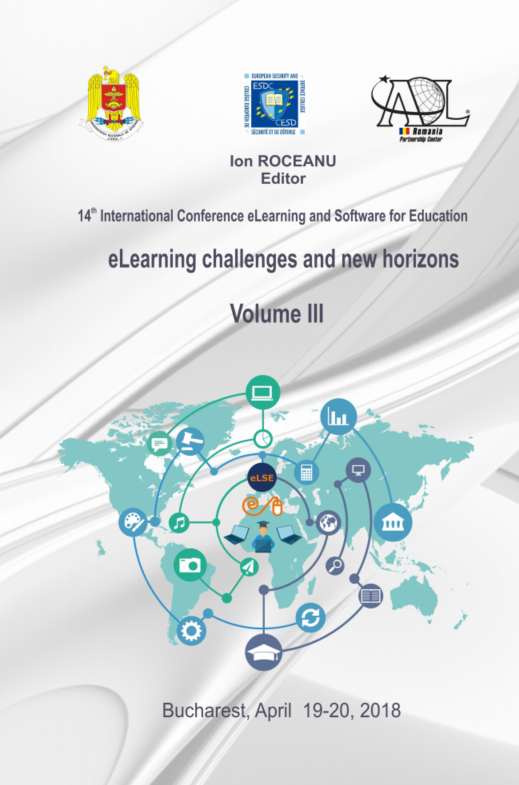Software Applications for the Evaluation of the Textile Compactness
Software Applications for the Evaluation of the Textile Compactness
Author(s): Daniela Farima, Alina Iovan-Dragomir, Adrian BuligaSubject(s): Social Sciences, Education
Published by: Carol I National Defence University Publishing House
Keywords: software; porosity; compactness; comfort; knit;
Summary/Abstract: The textiles are considered capillary-pore materials and their porosity can be evaluated by using the pore percentage, meaning the ratio between the pores’ volume (air) and the textile volume. For knitted fabrics which are characterized by large values of the porosity, it is also relevant to specify the volumetric filling degree, starting with the projection phase, because it expresses the compactness of the analyzed structure. There are differences between the values of these two synthetic indicators (porosity and the volumetric filling degree) because the porosity refers also to the air volume contained by the analyzed structure. When the difference between these two is small, the knitted fabrics compactness is considered to be big and the porosity even smaller. The paper presents a software application which can generate exit data (the volumetric filling degree, porosity) by using the entrance data (the width and the height ratio of the knitted fabric, the thickness of the knitted fabric, the wire diameter, the consumption length ratio, the weight of the surface unit, the weight of the knitted sample, the toluene density, the weight of the toluene pycnometer and the weight of the toluene pycnometer and the knitted sample). The application is designed to generate simultaneously not only the values for both indicators, but also the differences between them. The applications can be saved and used later or can be just deleted. The software application can be used to find optimal knitted fabrics regarding the compactness. The porosity and the compactness degree can influence other different comfort characteristics (vapors and air permeability, thermic insulation).
Journal: Conference proceedings of »eLearning and Software for Education« (eLSE)
- Issue Year: 14/2018
- Issue No: 03
- Page Range: 158-161
- Page Count: 4
- Language: English

